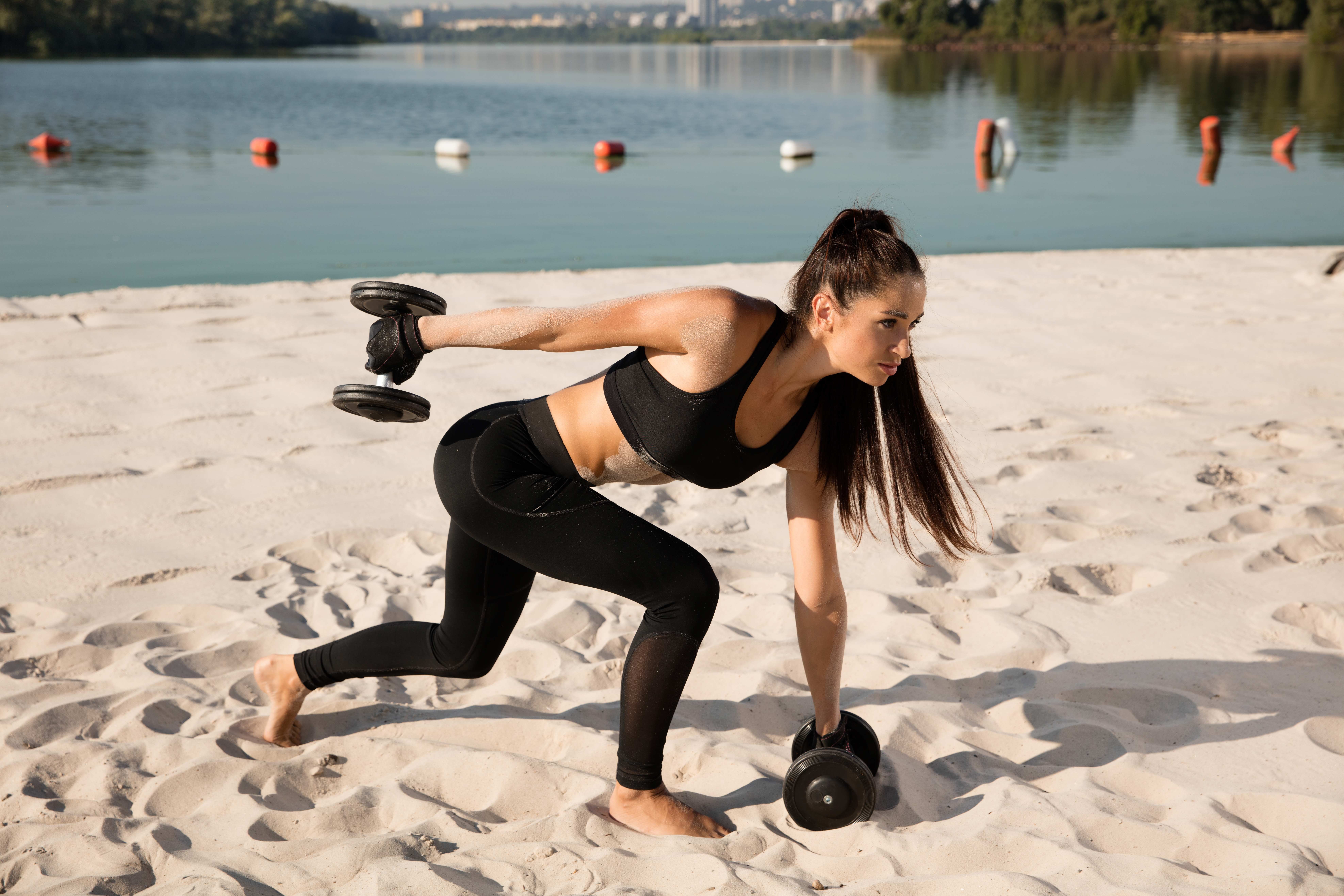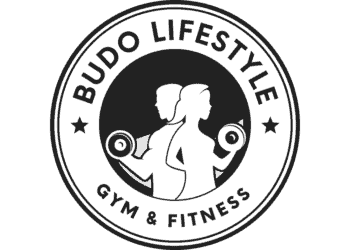HIIT Maximizes Workload In A Short Period Of Time

High-intensity interval training (HIIT) is a form of exercise that alternates between intense bursts of activity and periods of less intense activity or complete rest. It is designed to improve endurance, speed, and power, and is used by athletes and exercisers of all levels. HIIT maximizes workload in a short period of time. It can be done with any type of exercise, from running and cycling to strength training and yoga.
HIIT workouts typically involve a warm-up period, followed by a series of short, intense exercises, with rest periods in between. The intensity of each exercise should be high, in order to push yourself to your limits. Then you rest for a short period of time. HIIT workouts can be adapted to any fitness level. They can be as short as 10 minutes or as long as an hour, depending on the intensity and duration of the exercise.
Benefits of HIIT
The benefits of HIIT include improving
cardiovascular health,
increased metabolism and
increased fat burning.
HIIT can also help build strength and endurance. Coordination and balance and energy levels are improved.
High-intensity interval training (HIIT) involves short bursts of intense activity followed by short recovery periods. This type of exercise has become increasingly popular in recent years due to its wide range of benefits. Research has shown that HIIT training can improve cardiorespiratory fitness. To reduce body fat and increase muscle mass. HIIT can also help improve insulin sensitivity and reduce the risk of type 2 diabetes.

HIIT has been proven to reduce stress levels, improve mood and mental health. It even reduces inflammation. HIIT can be completed in less time than traditional forms of exercise. That makes it suitable for those who are pressed for time. It can be done almost anywhere, and with minimal equipment, making it a great way to get fit and stay healthy. It can be done with any form of exercise, including running, cycling, swimming, rowing, and bodyweight exercises.
Method of performing the exercises
Beginners can start with short, low-intensity intervals and gradually build up to longer, higher-intensity intervals over time. For more advanced exercisers, HIIT can be challenging and intense, with short periods of high-intensity exercise followed by longer periods of rest. HIIT can include sprints, burpees, jumping jacks, mountain climbers, and other bodyweight exercises, as well as running, cycling, rowing, and swimming. HIIT workouts can be done both indoors and outdoors and can be adapted to suit any environment.
Once you’ve chosen your exercises, it’s time to complete each set on your own. The ratio of work and rest should be 1:1. For example, if you complete 20 seconds of burpees, rest for 20 seconds before starting the next set. Aim to complete three to five rounds of each exercise and remember to cool down for five to 10 minutes at the end. To make HIIT workouts more challenging, increase the intensity of your exercises. Shorten your rest periods or increase the number of rounds you do. Be sure to listen to your body and adjust the intensity of your workouts accordingly.
With HIIT, you can work out your entire body in a short amount of time and see results quickly.
